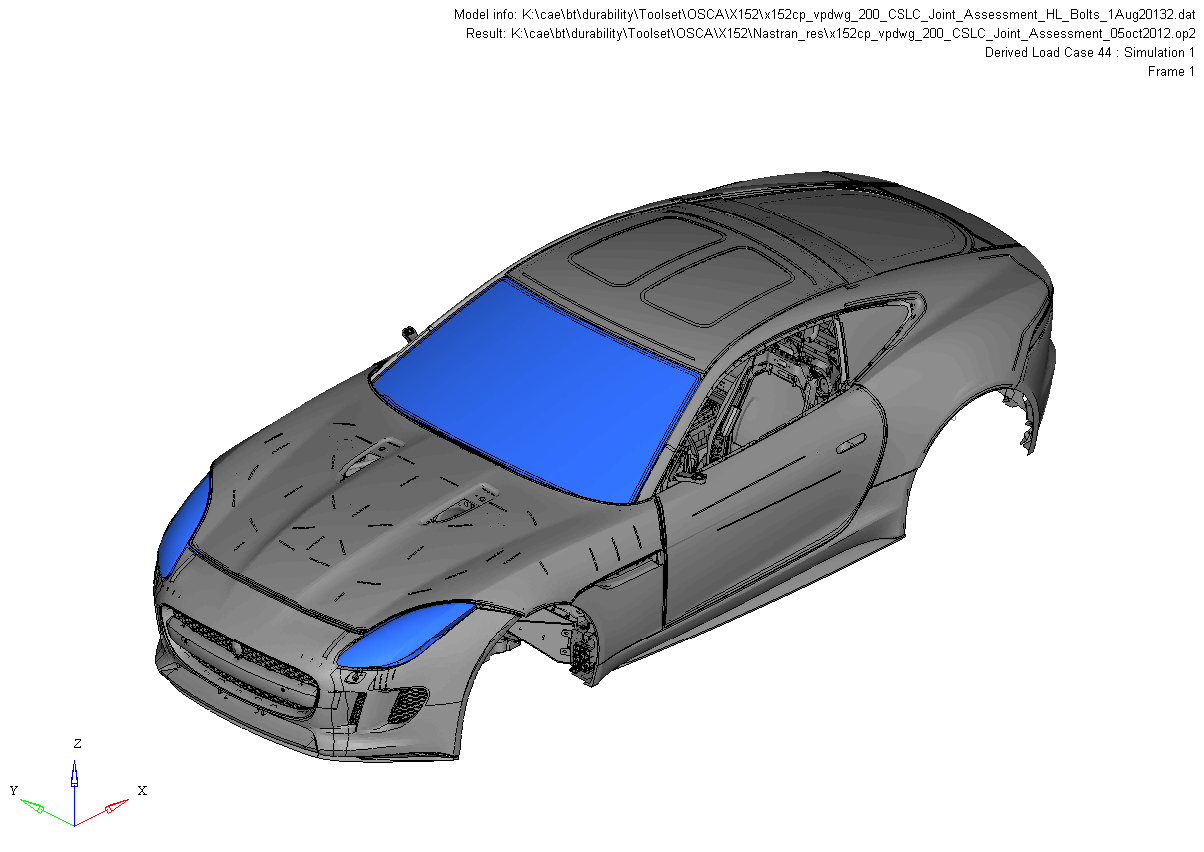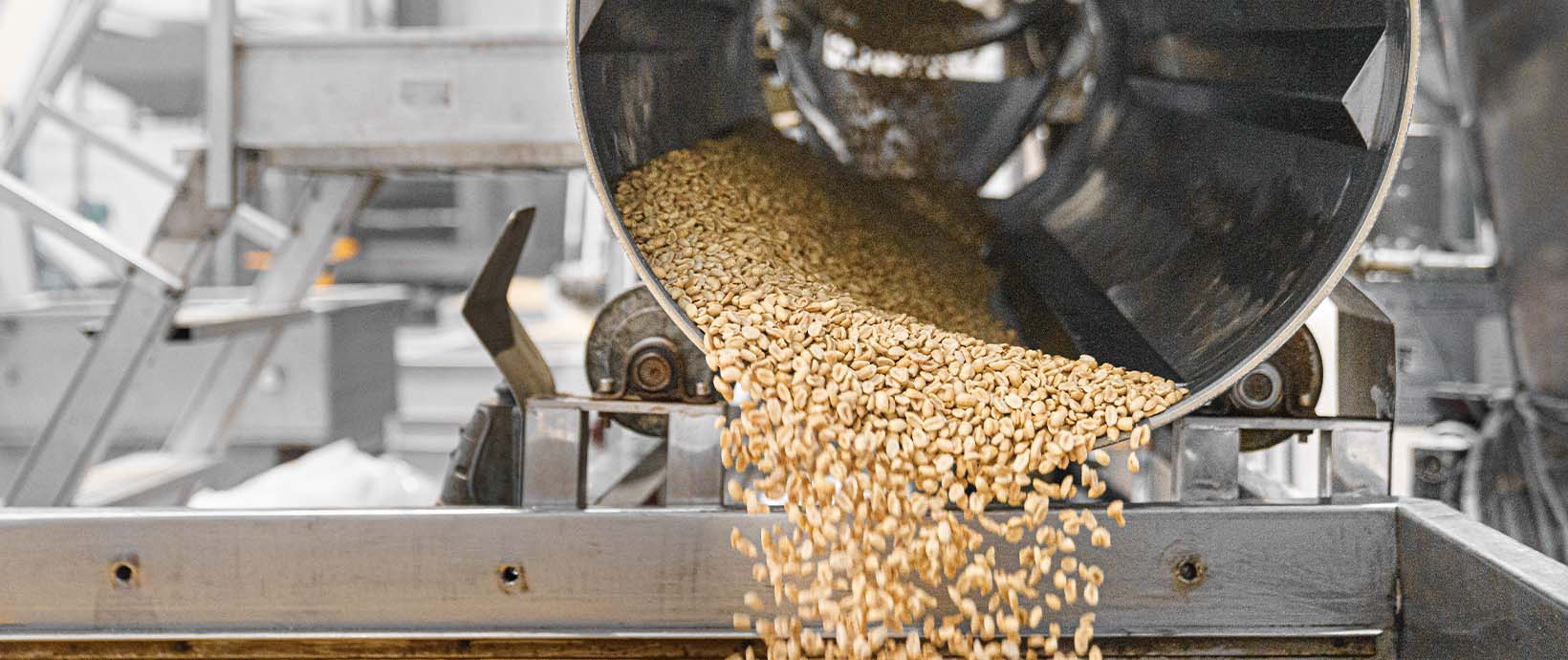Maximizing Nonlinear Analysis Efficiency at Jaguar Land Rover
Nonlinear simulation is vital in the development of safe, reliable, and profitable products and the engineering teams of leading manufacturers like Jaguar Land Rover require fast, efficient solver solutions to ensure the delivery of these high-performance products.
Tim Mumford, senior engineer for strength and durability at Jaguar Land Rover (JLR) recently presented his team’s usage of Altair® OptiStruct® for nonlinear analysis of complex automotive products. You can view the full presentation here.
Mumford leads a group called the Durability Role within Body CAE (BCAE), which focus on sustaining product performance and quality under a variety of expected loads on the vehicle. The BCAE team assesses load cases from five primary sources: aero loading, lifestyle, hygiene, operating loads, and high speed and temperature. From performance driving with high-g cornering to potholes to water wading and towing loads, the BCAE team assesses nearly 1,000 individual load cases in all, considering 300 components held together with approximately 3,000 joints, spot welds, rivets, and bolts. With the sheer volume and complexity of their work, the team need an extremely efficient and repeatable workflow to execute the required nonlinear analyses.

One tactic the Jaguar Land Rover BCAE team has implemented to increase their efficiency is combining multiple load cases into a single run submission. This unique approach allows them to maximize their solving efficiency while minimizing modeling and post-processing efforts as well as strain on high-performance computing resources.
In the past, CAE codes evolved with clear strengths and weaknesses which forced manufacturers to run, for instance, dynamics and vibration simulation with different software than was used for contact and plasticity. A major challenge was the silos of expertise this created, as well as the time and effort required to build and convert models to work across multiple tools from different software vendors. OptiStruct offers a unique ability to share models across multiple solver disciplines to enable engineers to take a more holistic approach to problem-solving. OptiStruct supports geometric, material, and contact nonlinearity, so a wide range of load cases can be assessed within a common modeling and simulation framework. A common modeling approach improves file sharing ability across JLR’s engineering teams, improves confidence in the mesh by eliminating unnecessary user-driven rework, and ensures the model is accurate and constantly up to date.
OptiStruct’s workflow efficiency gains can be seen in this example of an elastic plastic palm simulation load. The rugged Land Rover product line is known for its capabilities in exotic off-road environments, and JLR rigorously tests to ensure the vehicle can withstand unconventional loadings such as a person climbing on top of the car, perhaps to get a better view of the African savanna.
This lifestyle load case uses a rod and plate to approximate pressures that may be applied to the roof panel of the vehicle by someone’s hand. A highly nonlinear geometric load is applied at different areas across the panel to analyze the structural response. This is a particularly complex simulation since the roof panel is displaced until it has an elastic instability or dent.

Historically, each of these palm simulation load cases would need to be done one at a time. In OptiStruct, JLR is able to run multiple simulations sequentially with one job submission, consuming only one set of licenses and expediting the delivery of analysis results. Post-processing is also made easier since all individual subcases are present within a single solver file. OptiStruct also offers continuous or discrete strain histories in a single submission, so the user can choose which subcases should be history dependent. This enables the analysis of complex strain dependent load cases which pass loading from one subcase to the next, but still gives engineers the ability to look at independent cases from an unloaded strain-free condition without separating these runs or creating a restart event.
With the freedom to use a common model across an array of linear and nonlinear analyses, and solver features aimed at improving workflow efficiency and solver throughput, OptiStruct helps JLR ensure their vehicle components perform to their exacting specifications and deliver the superior quality their customers expect.
Want to Learn More?
Linked below is a free-to-attend webinar series demonstrating why manufacturers are switching from incumbent nonlinear solvers to Altair OptiStruct. Through this series, which features presentations from Jaguar Land Rover and Prodrive, you will learn how to maximize simulation resources, reduce product development time, and save significant costs with nonlinear analysis in OptiStruct.





